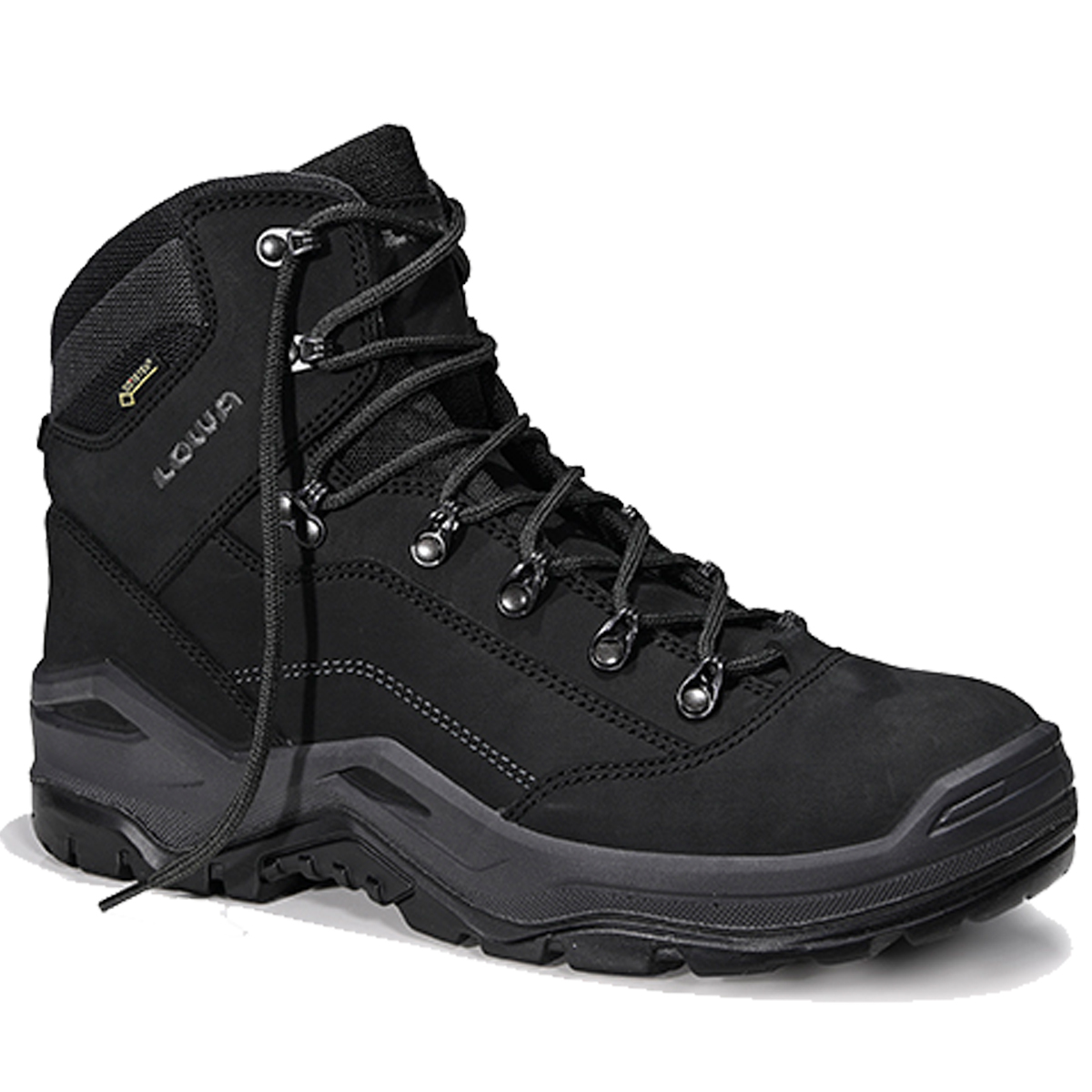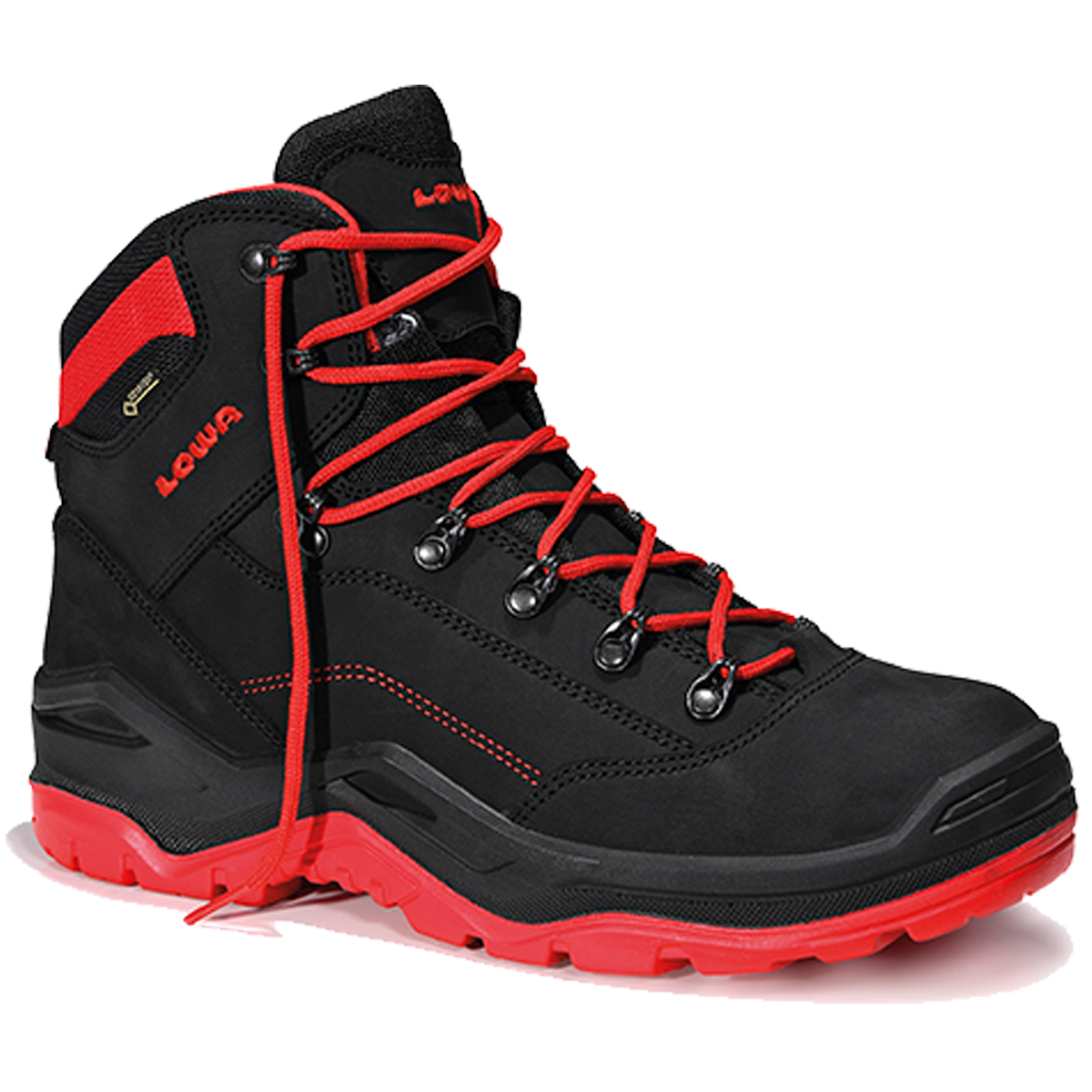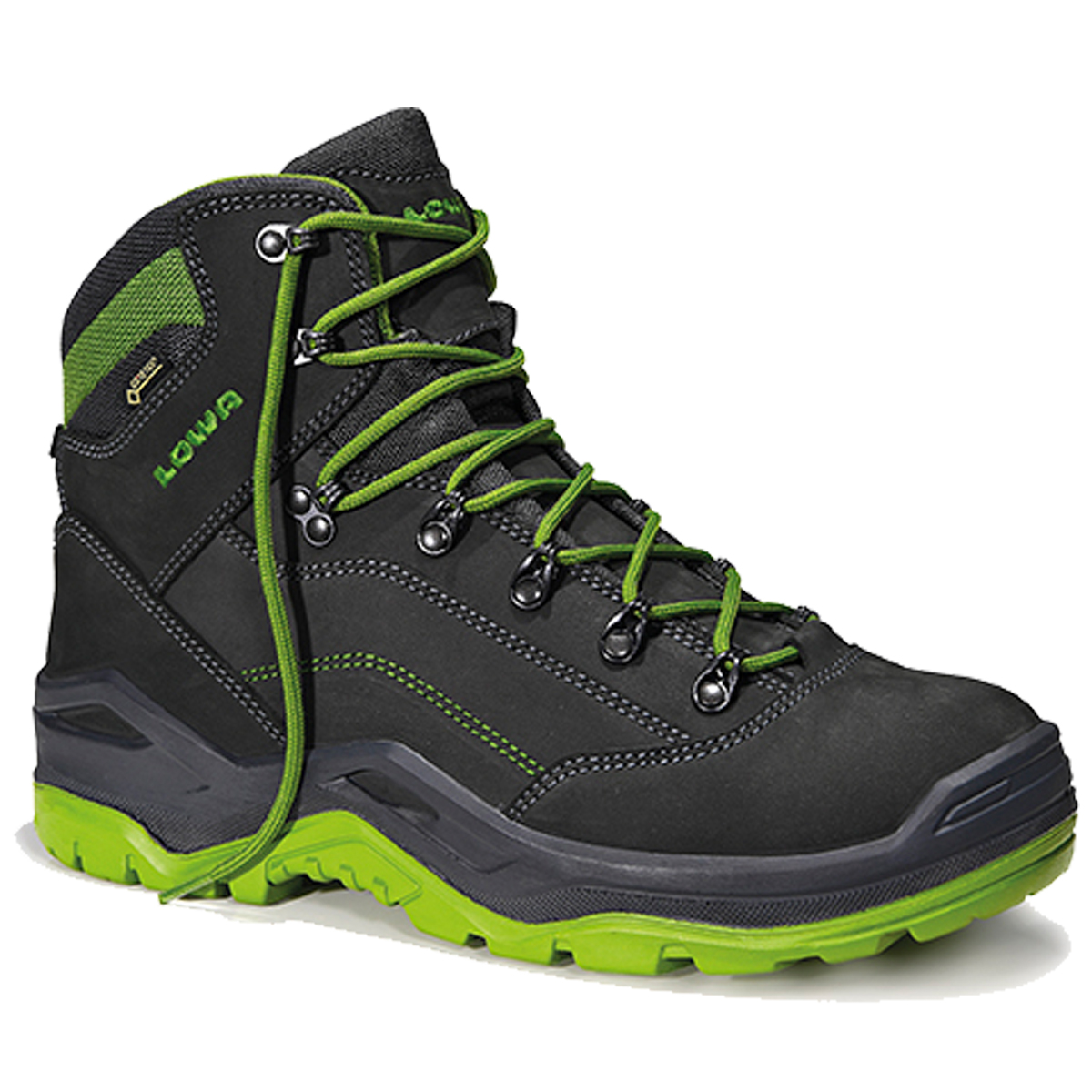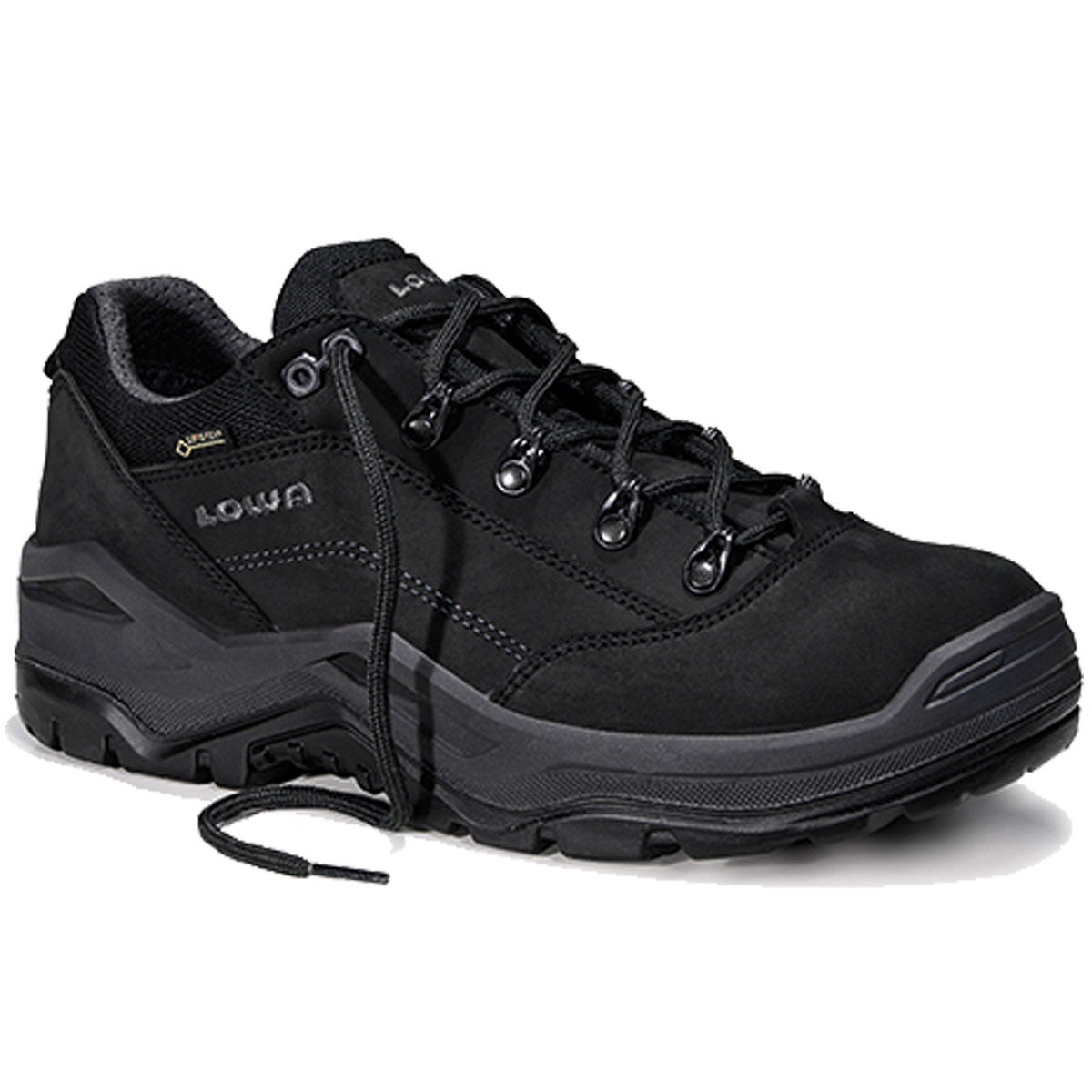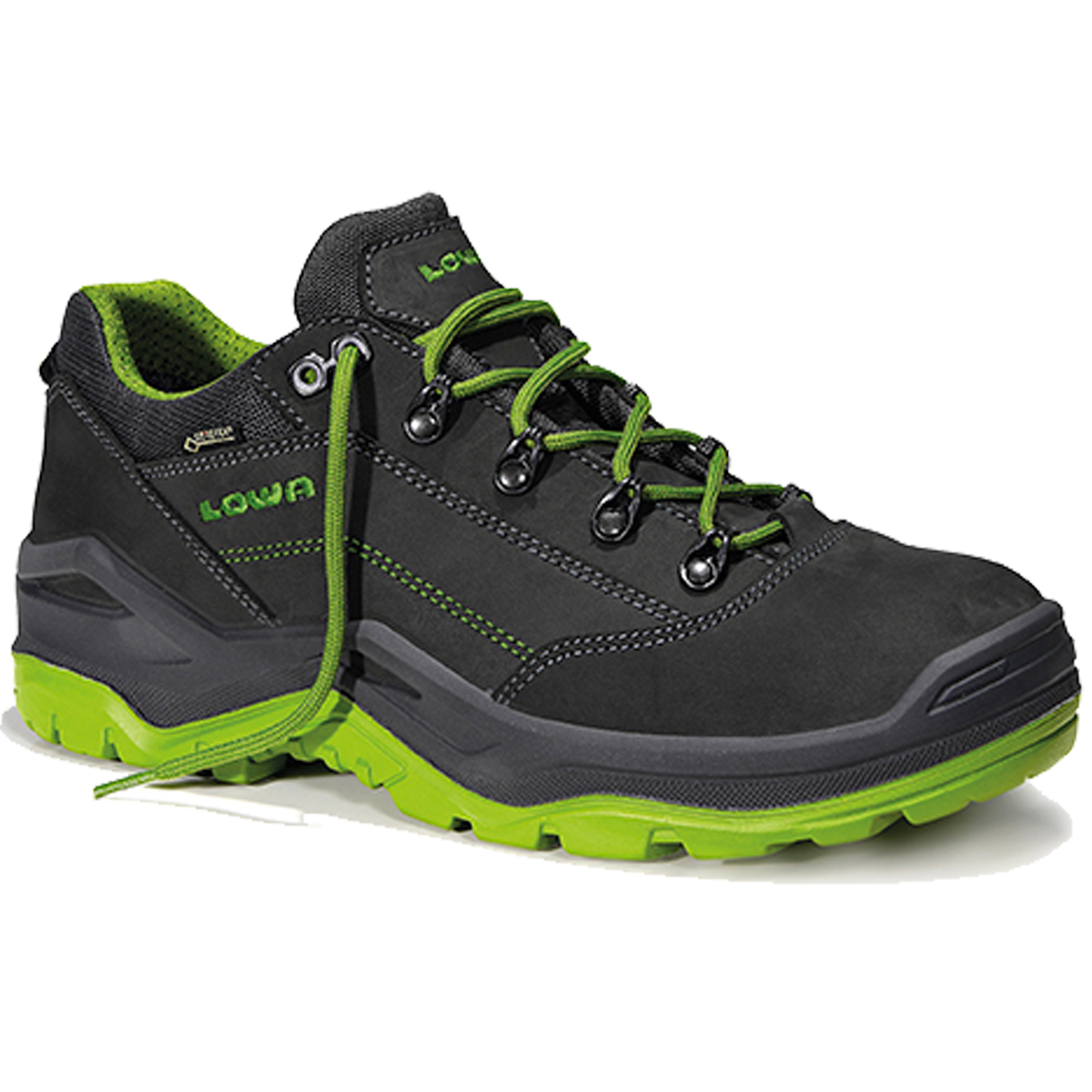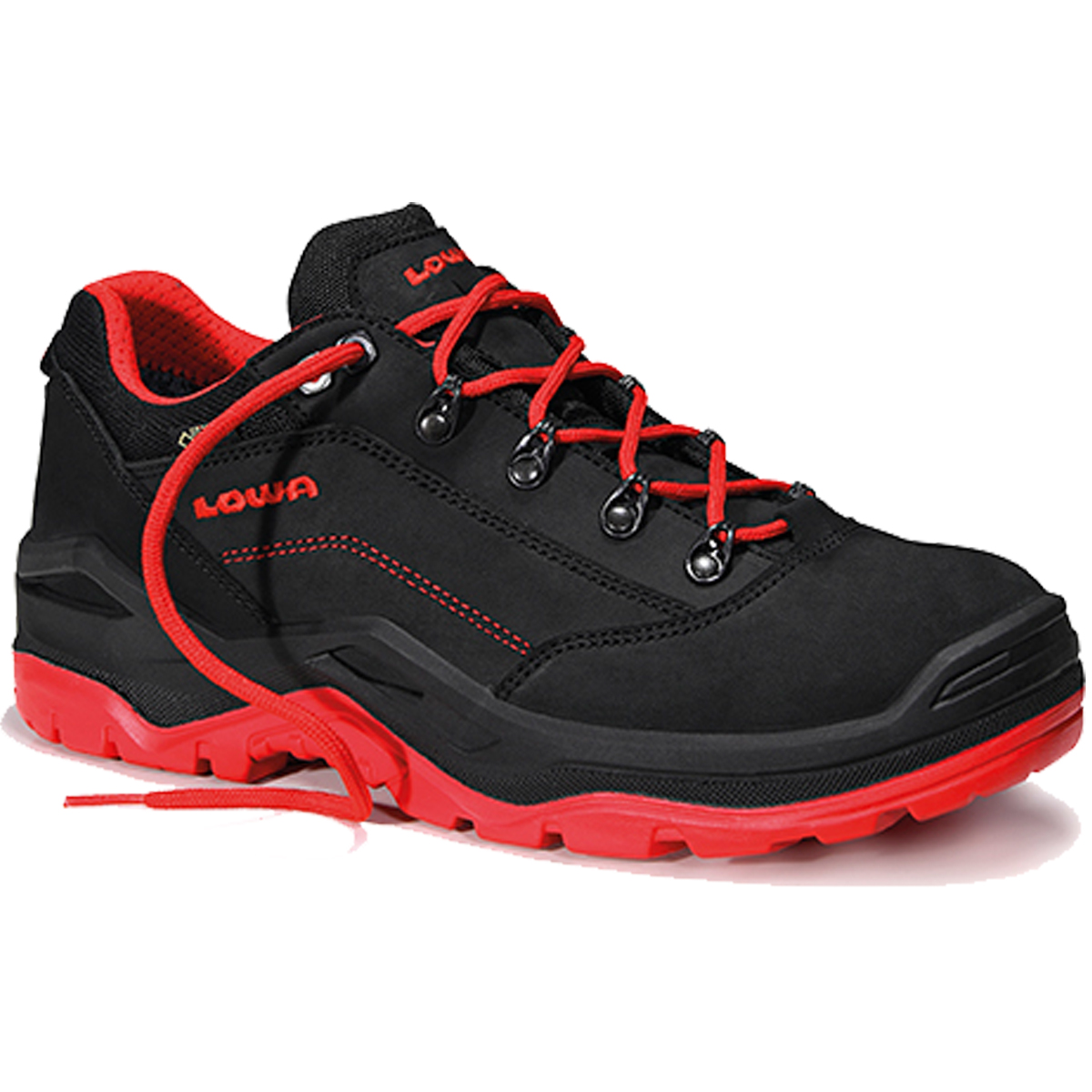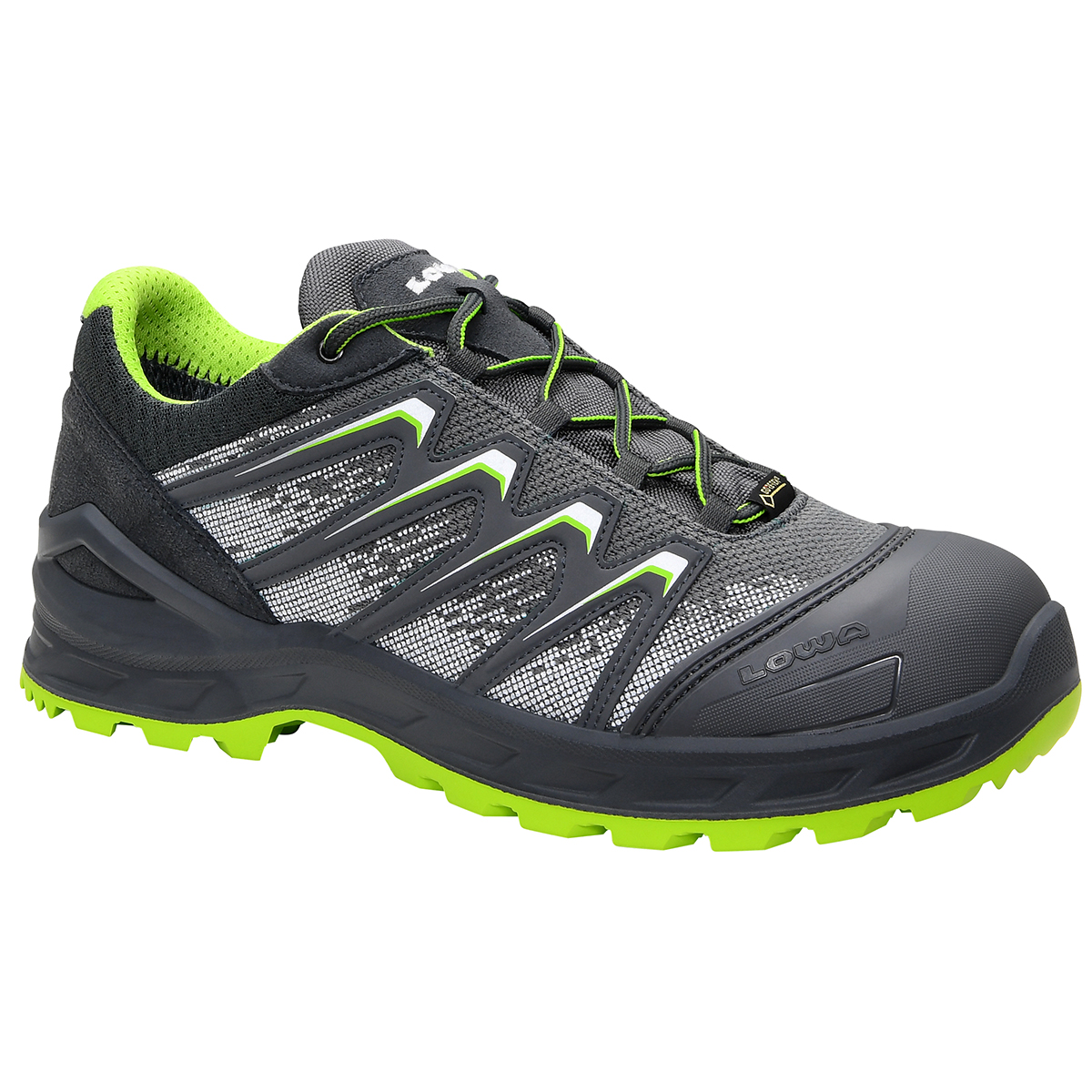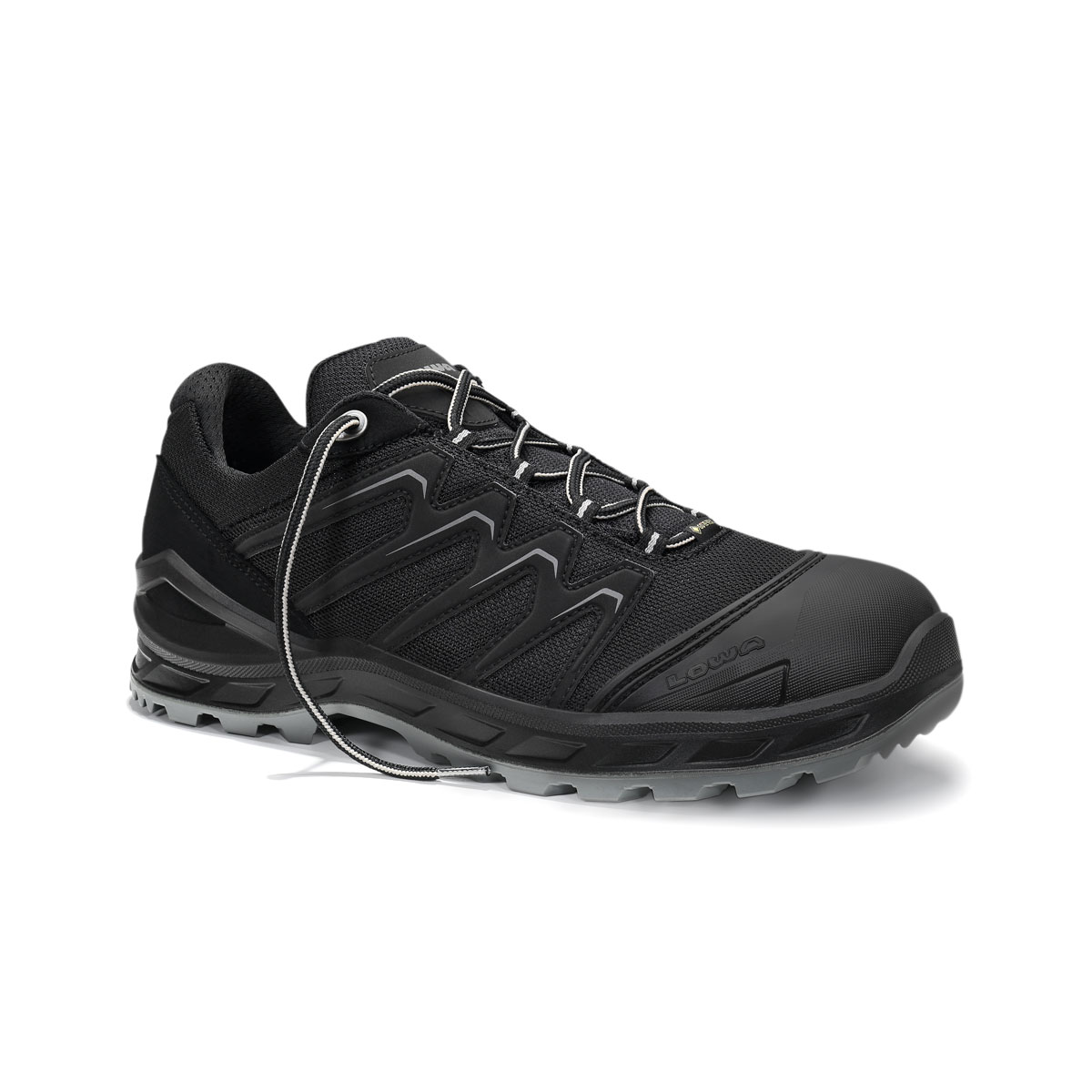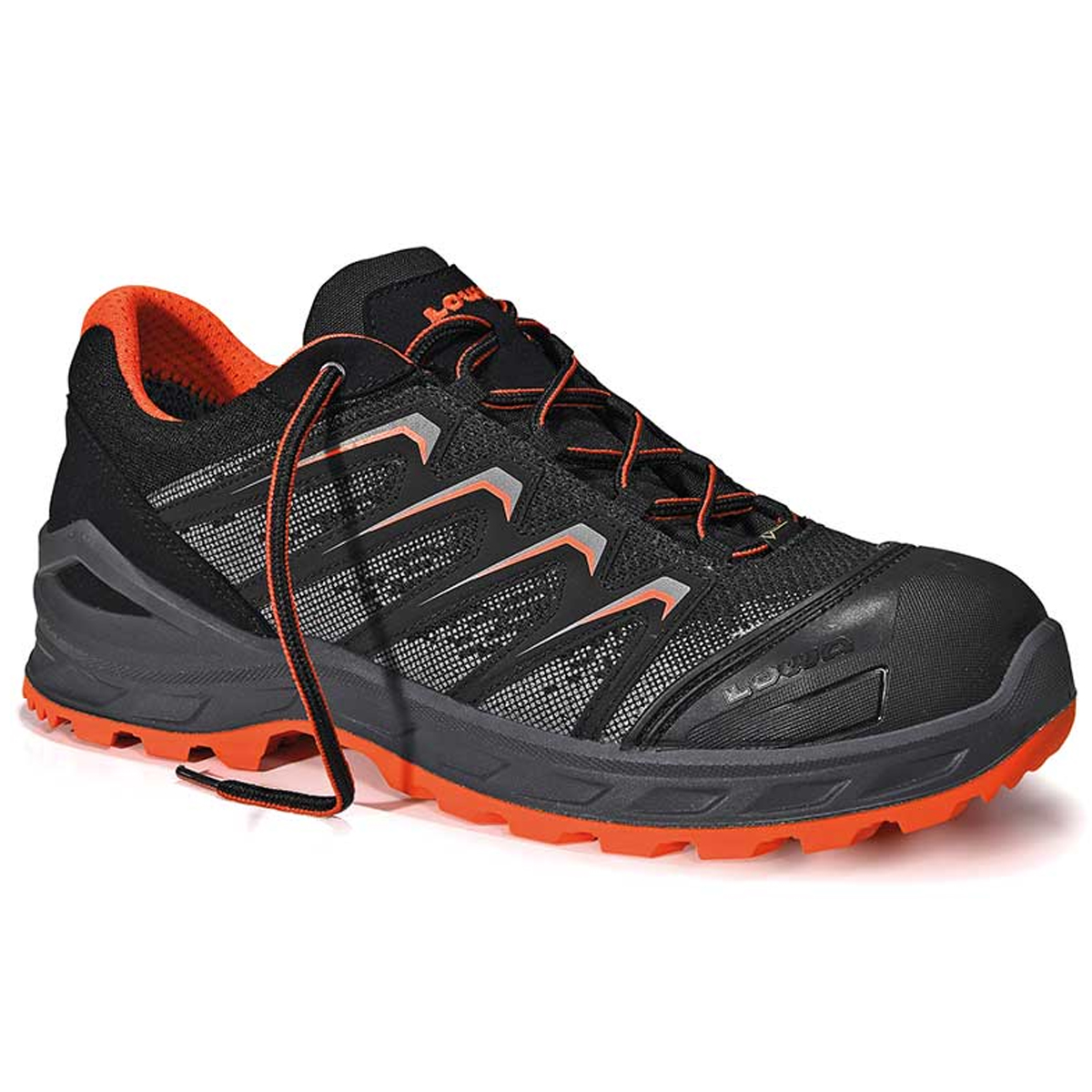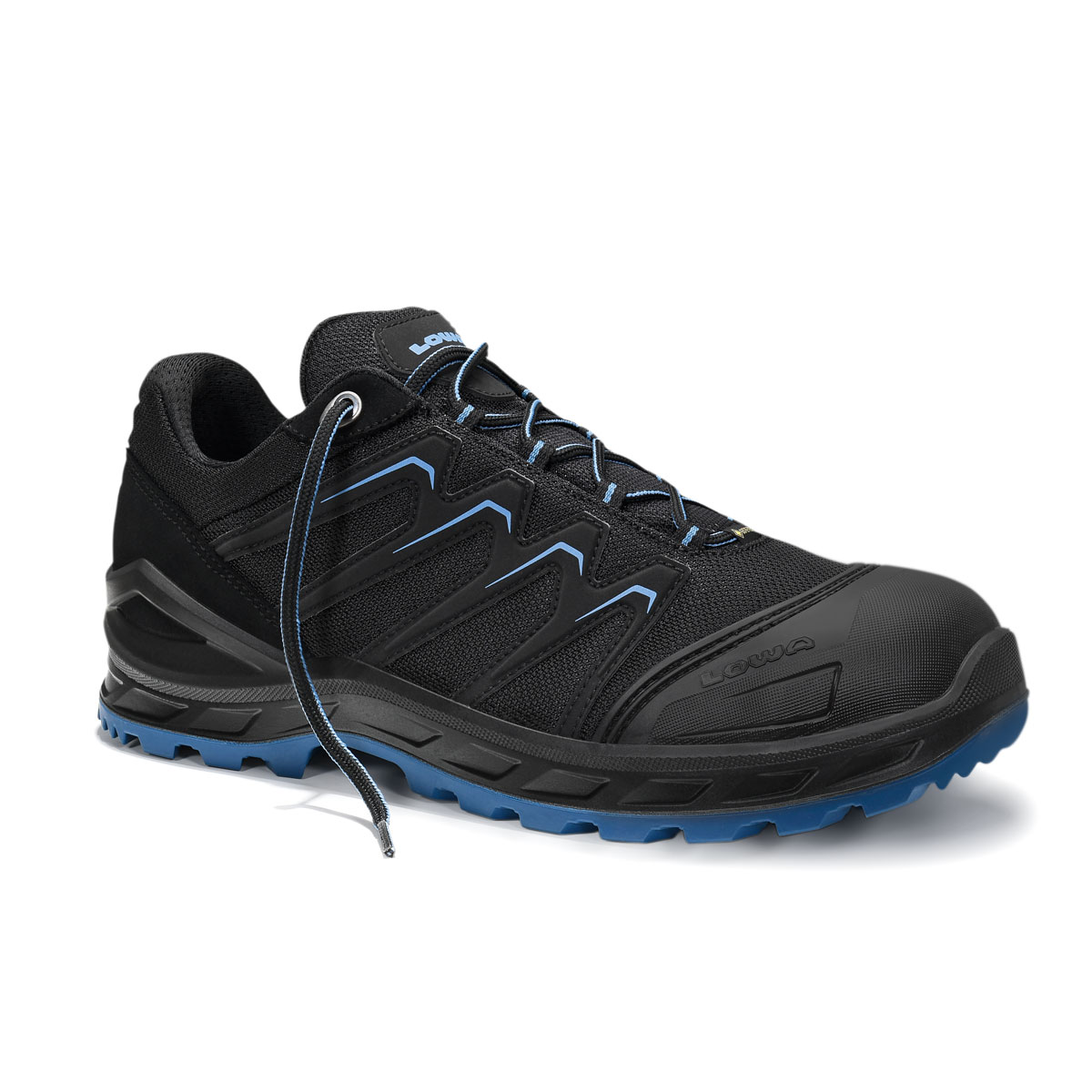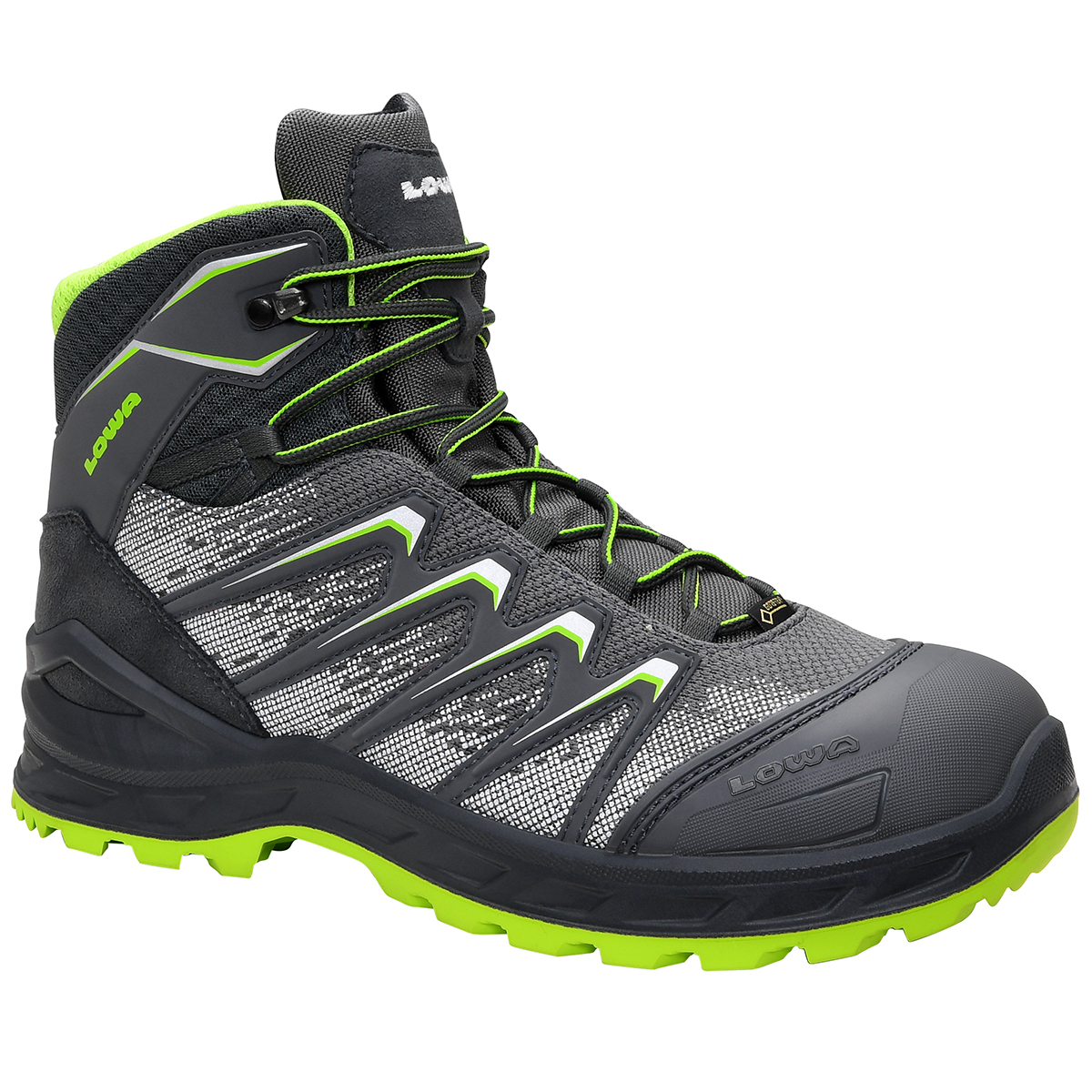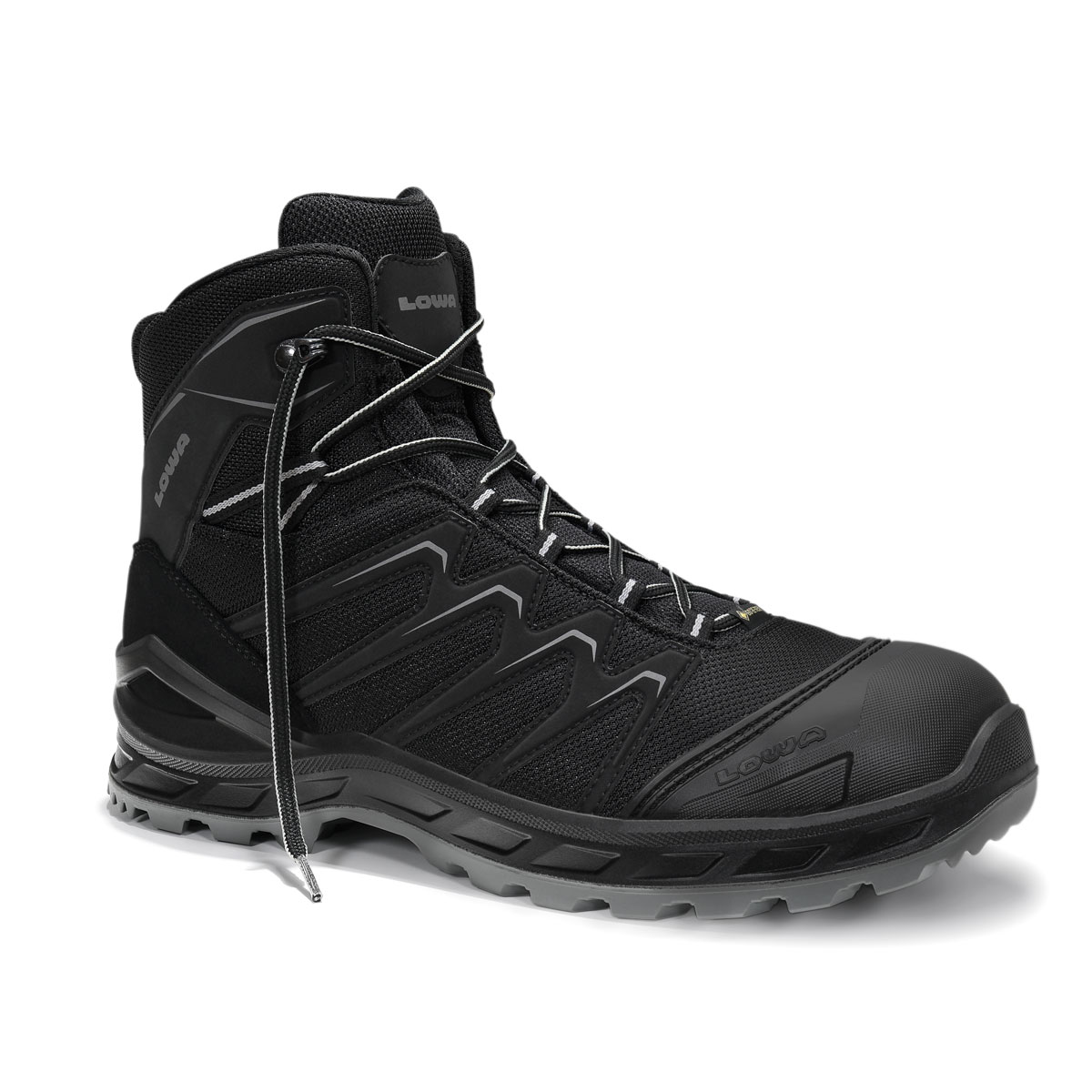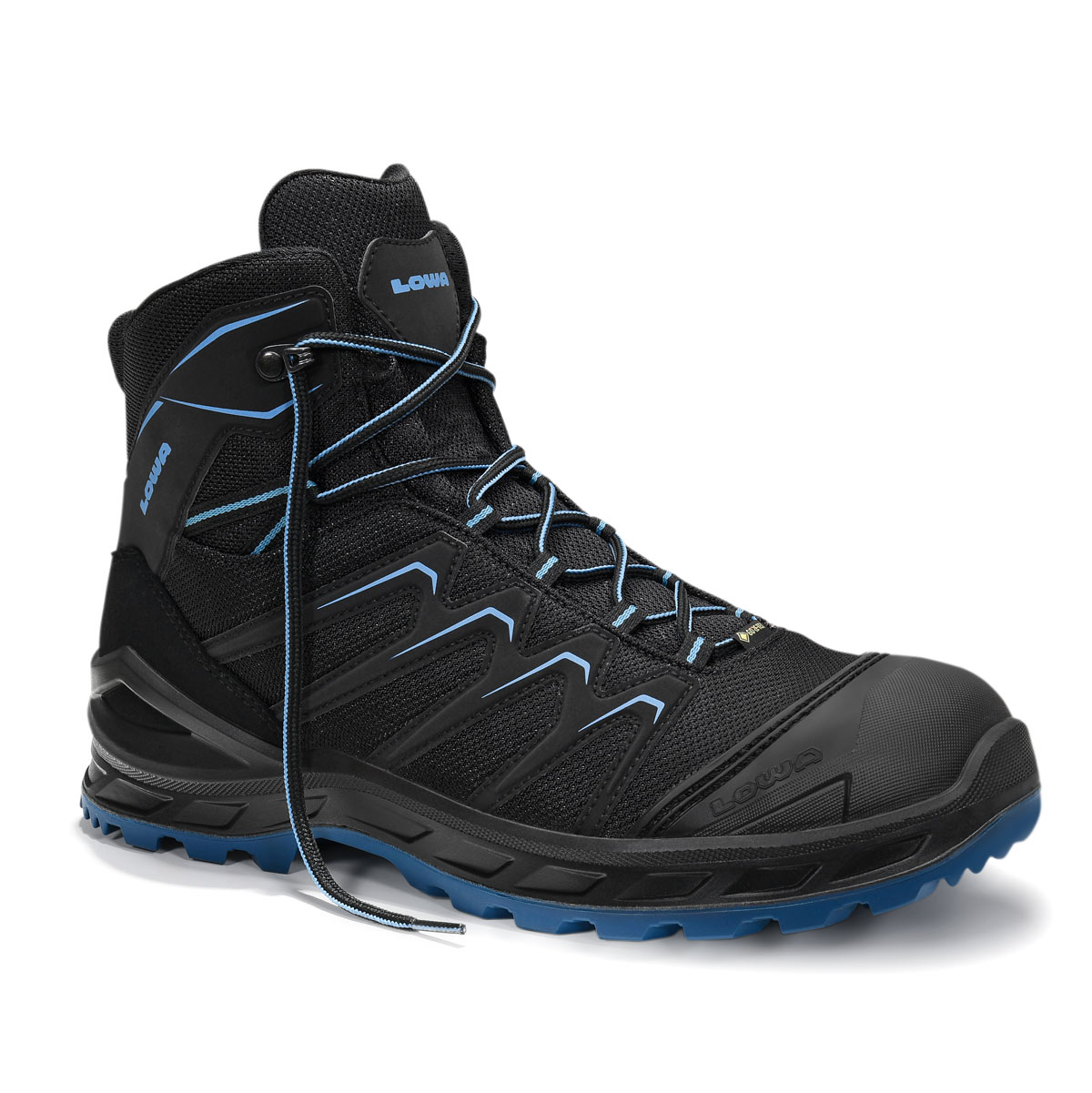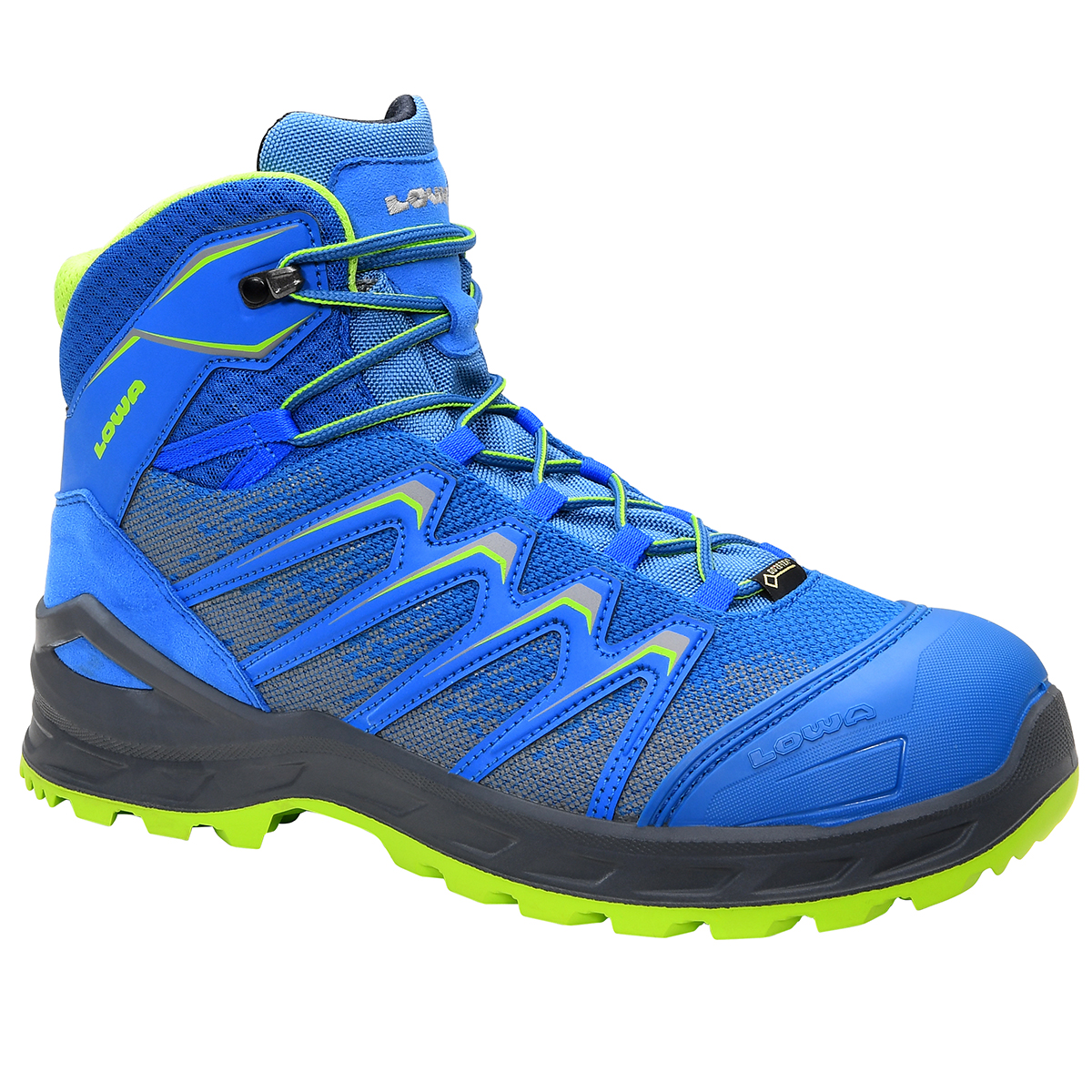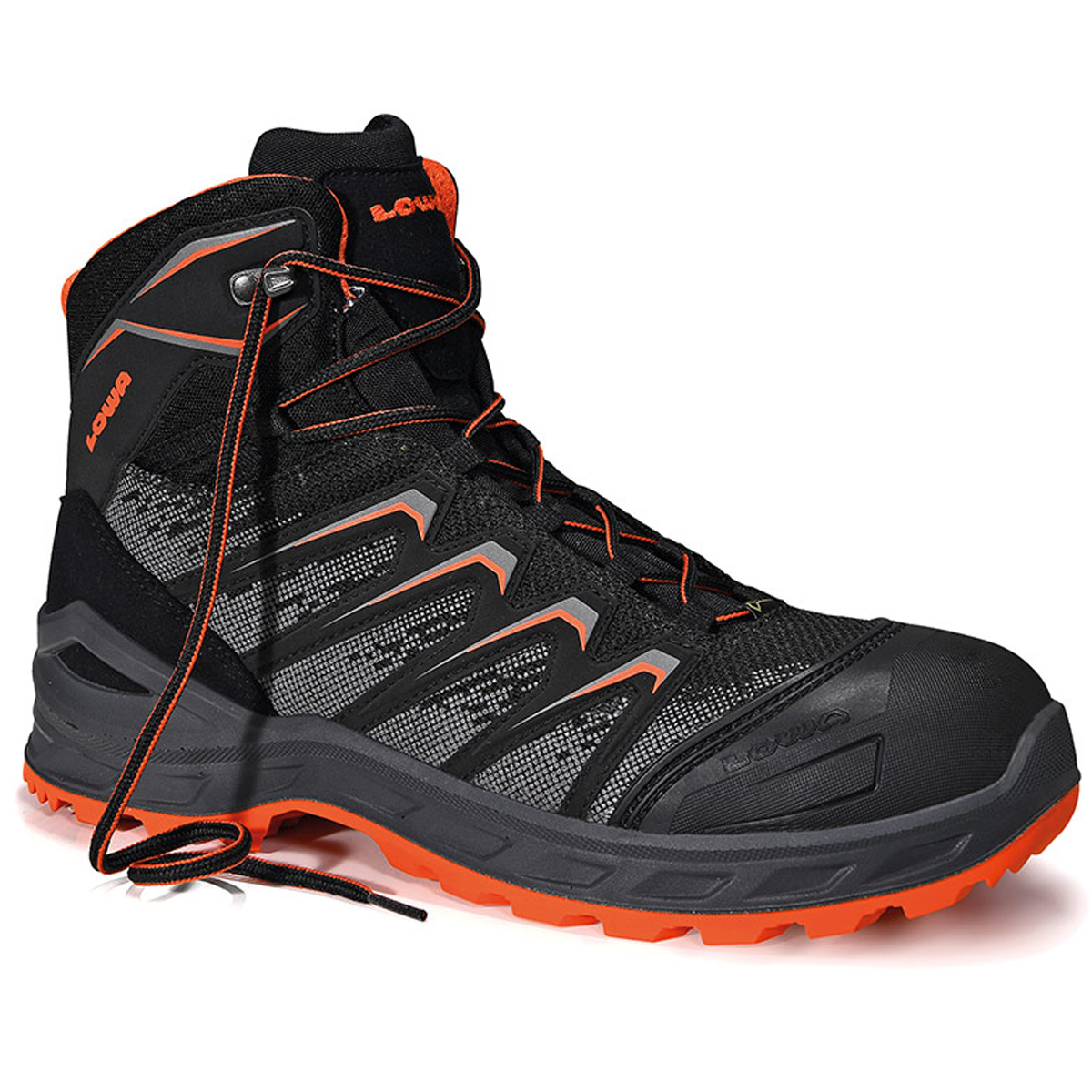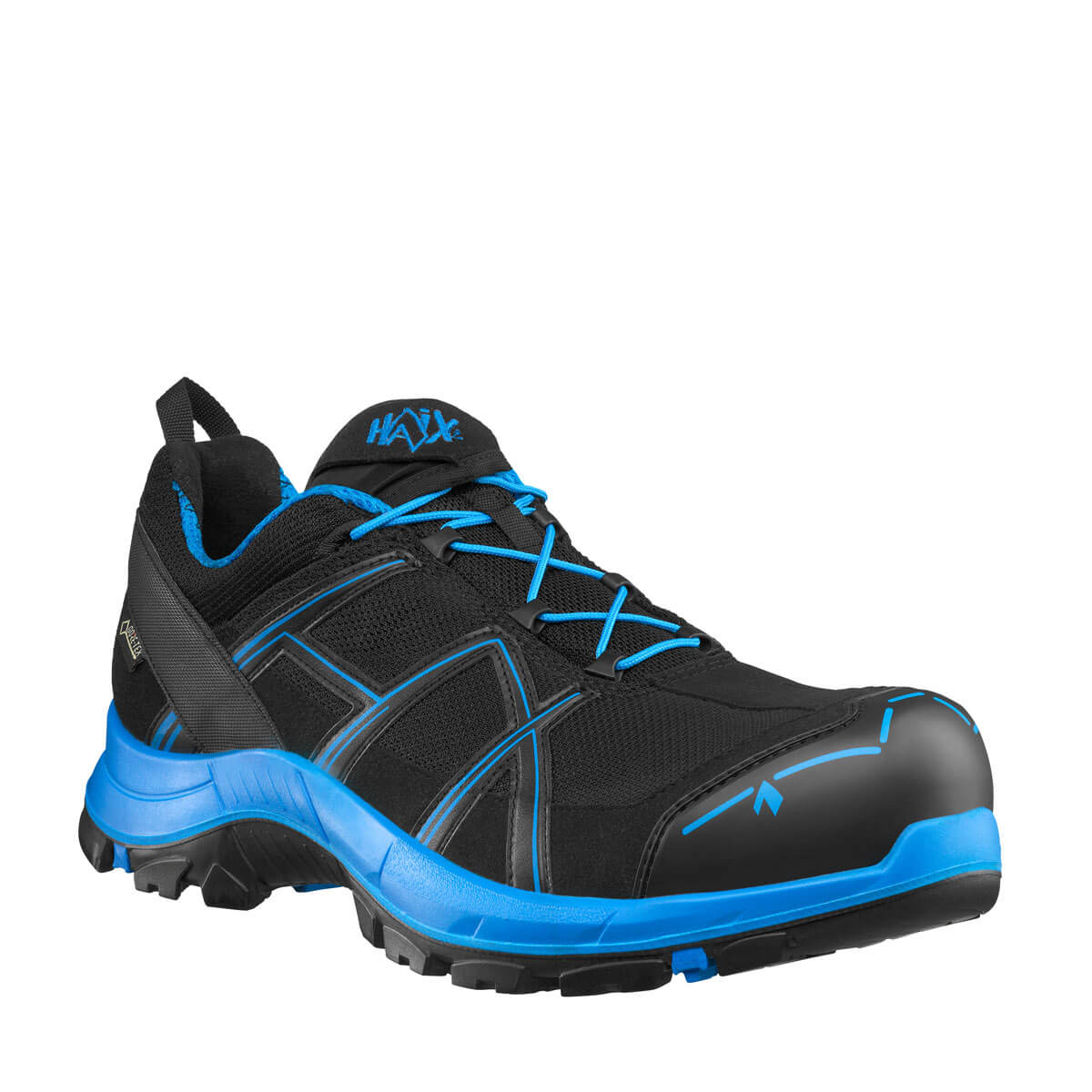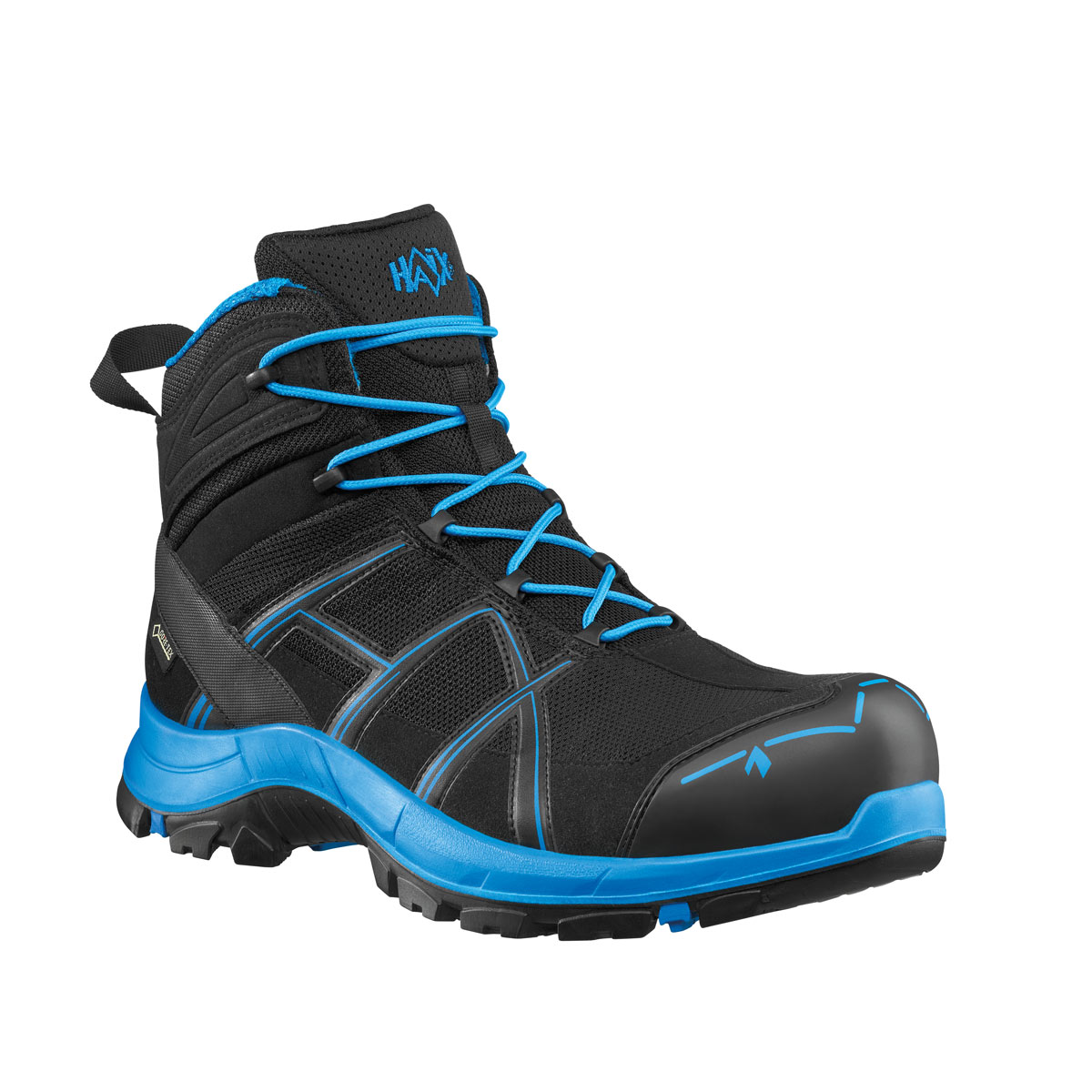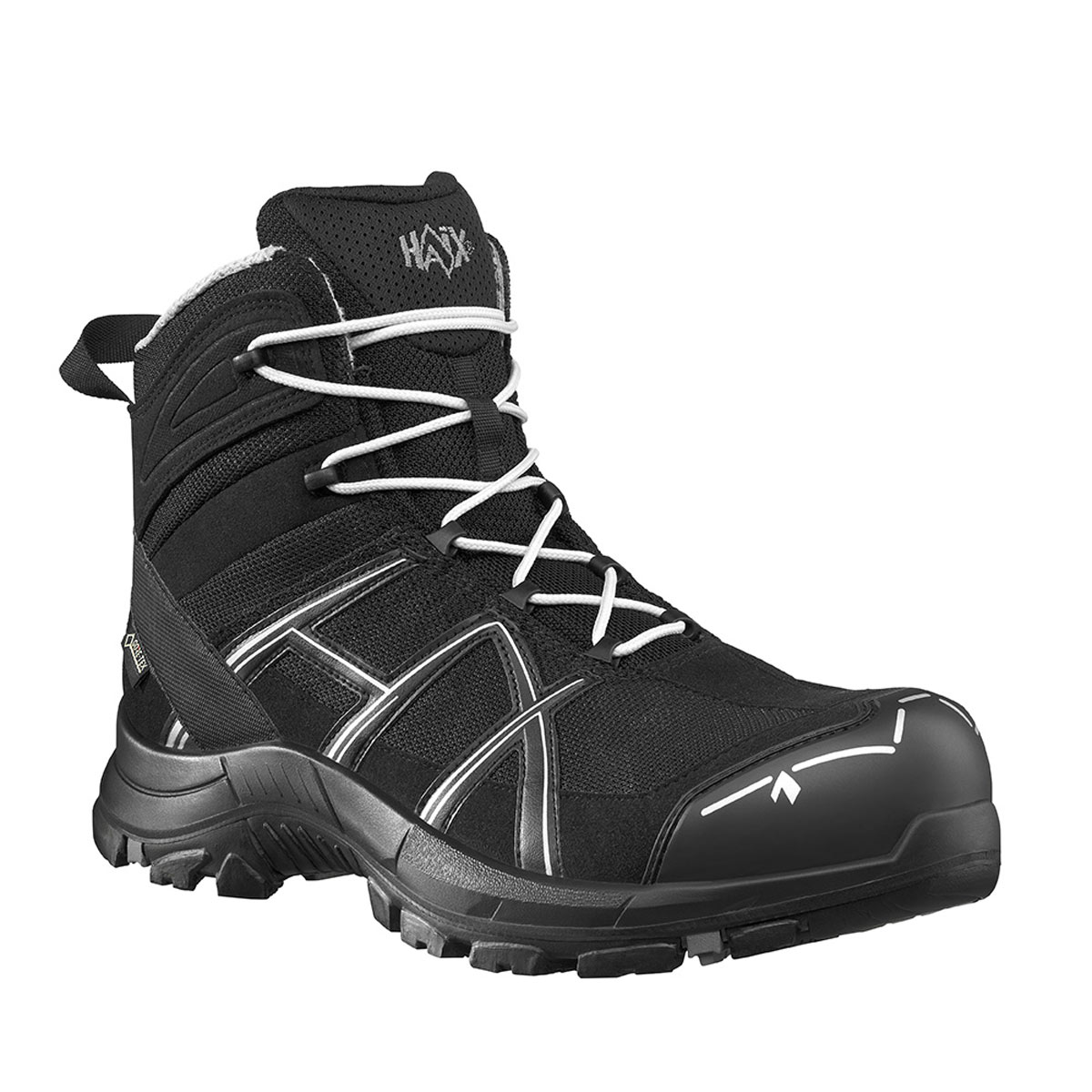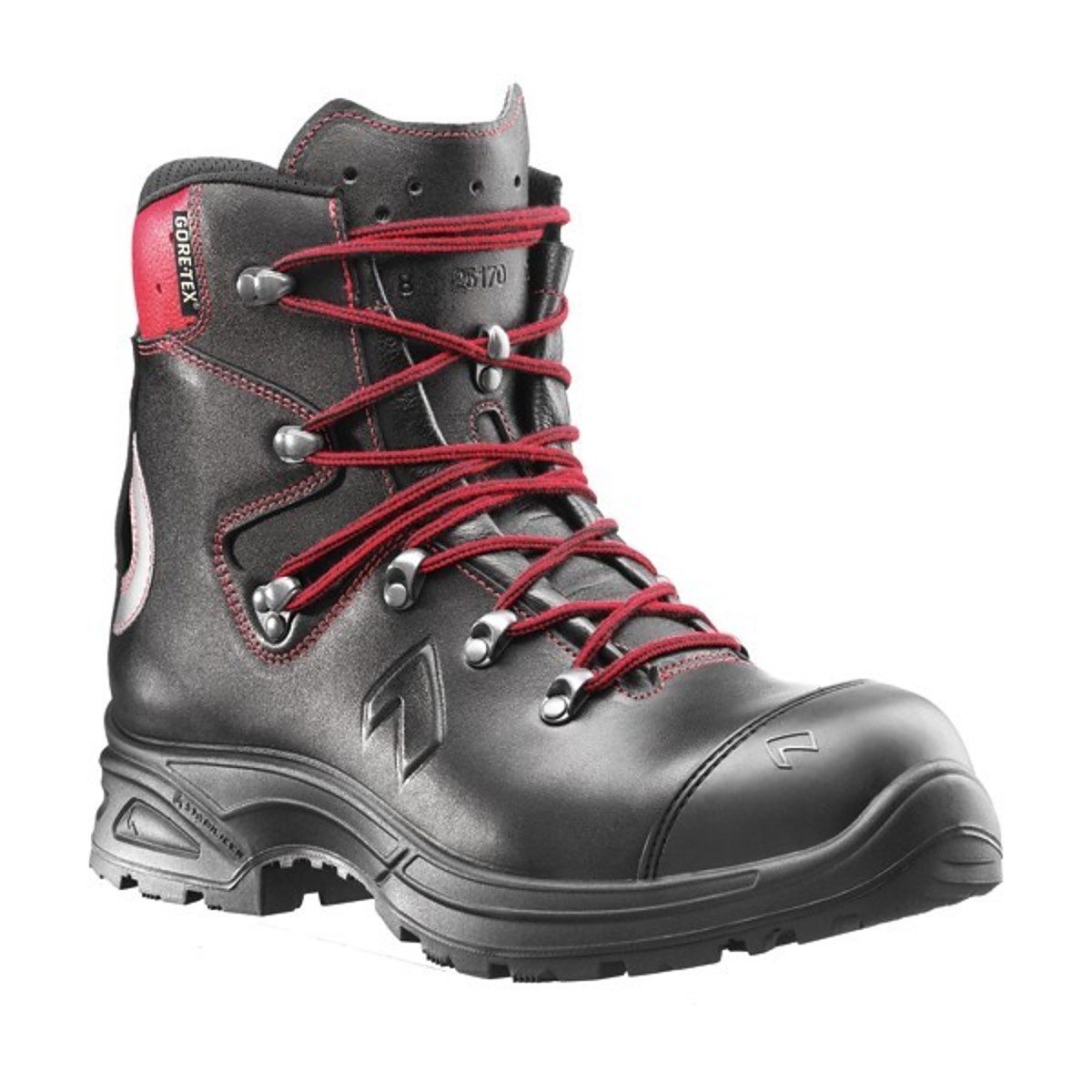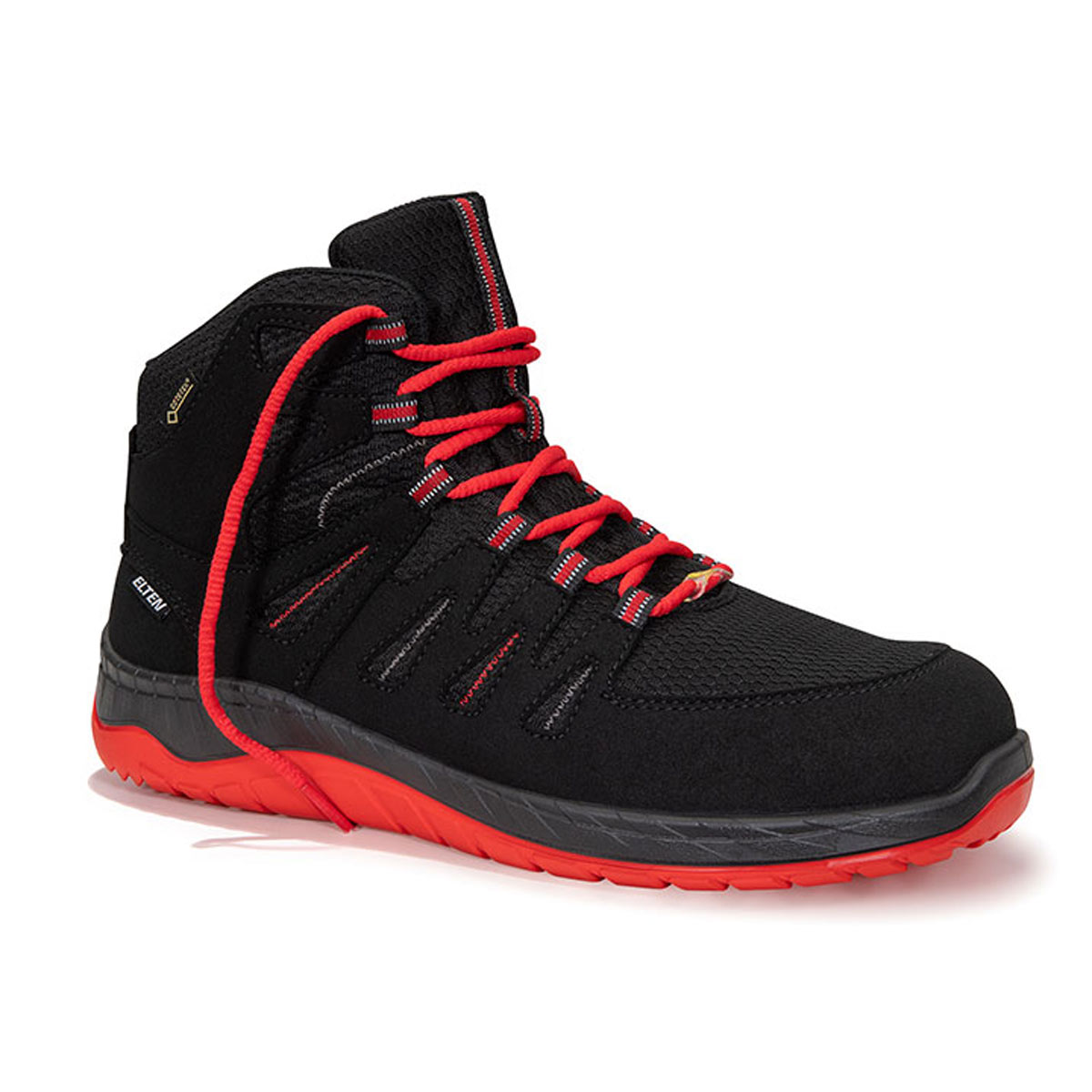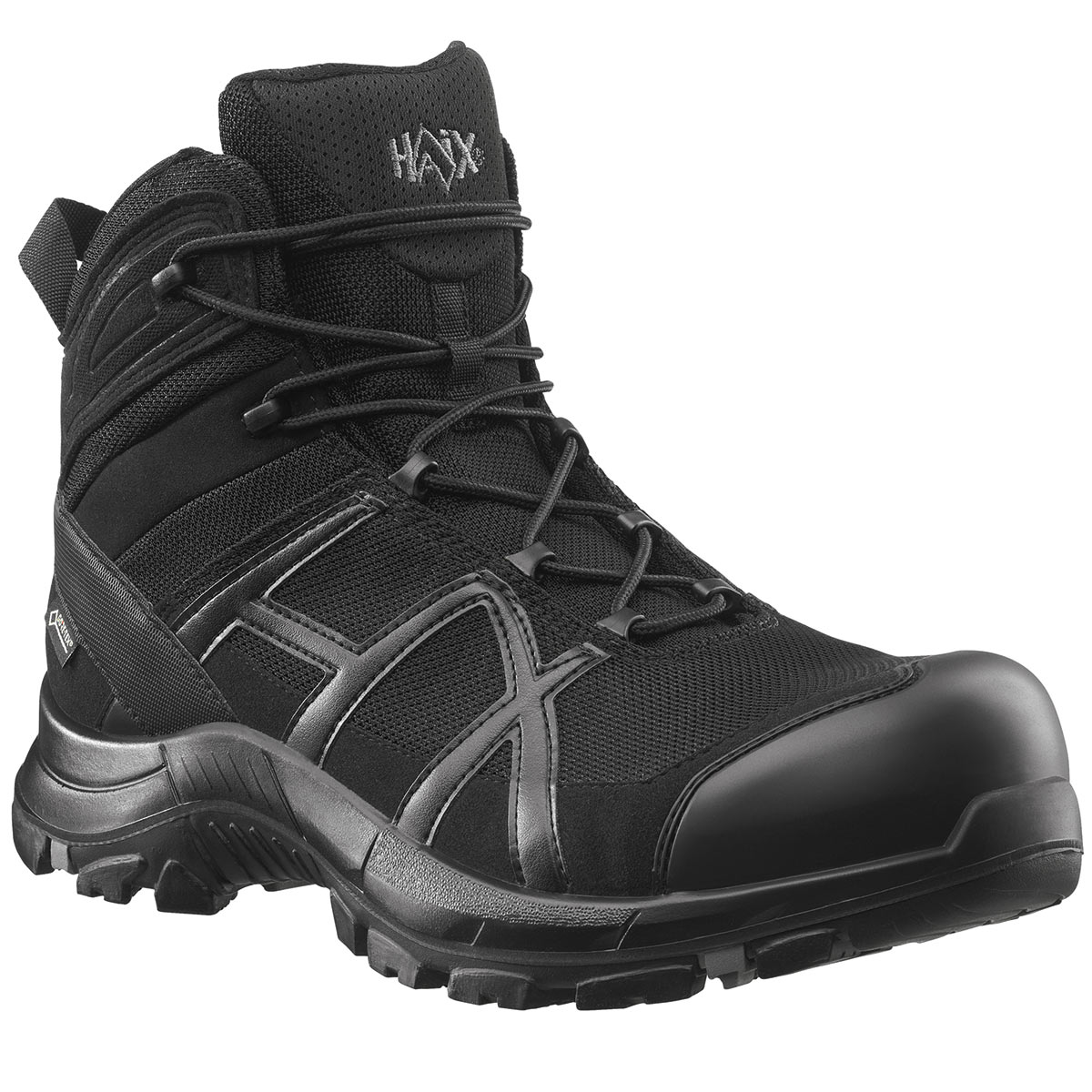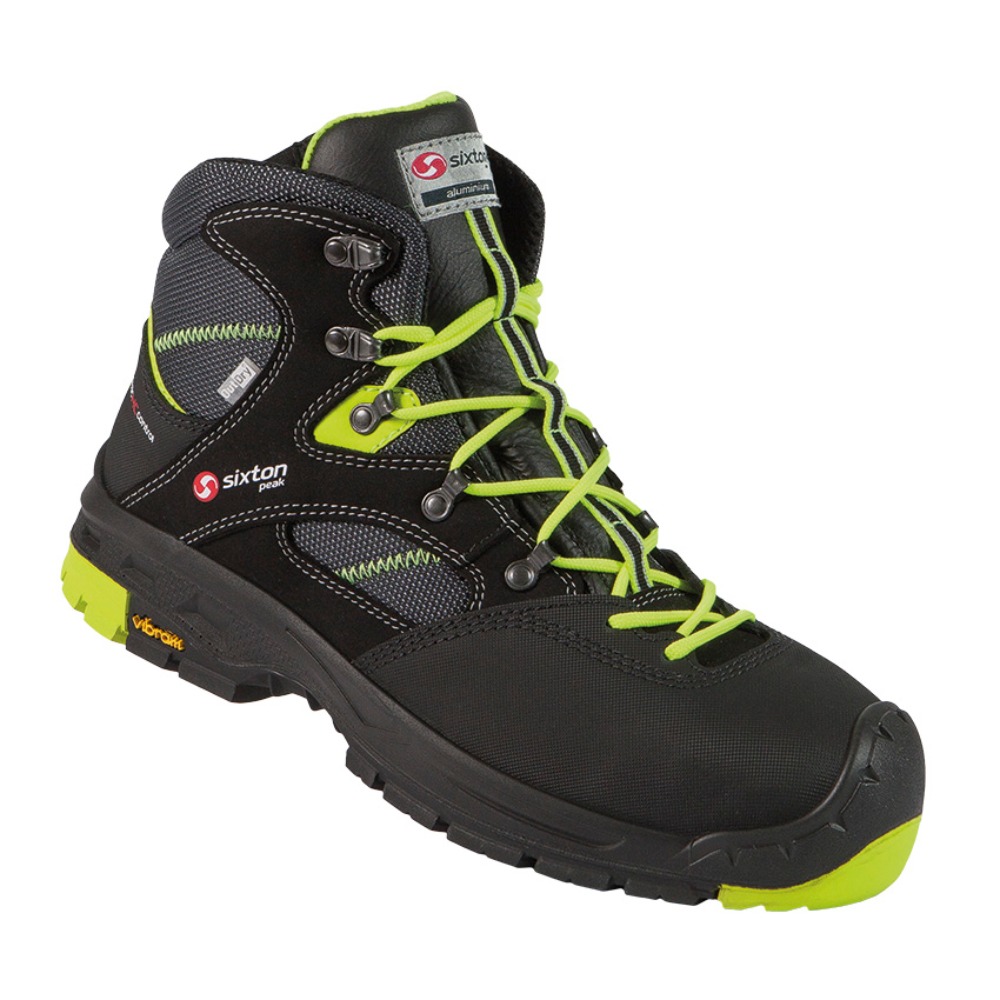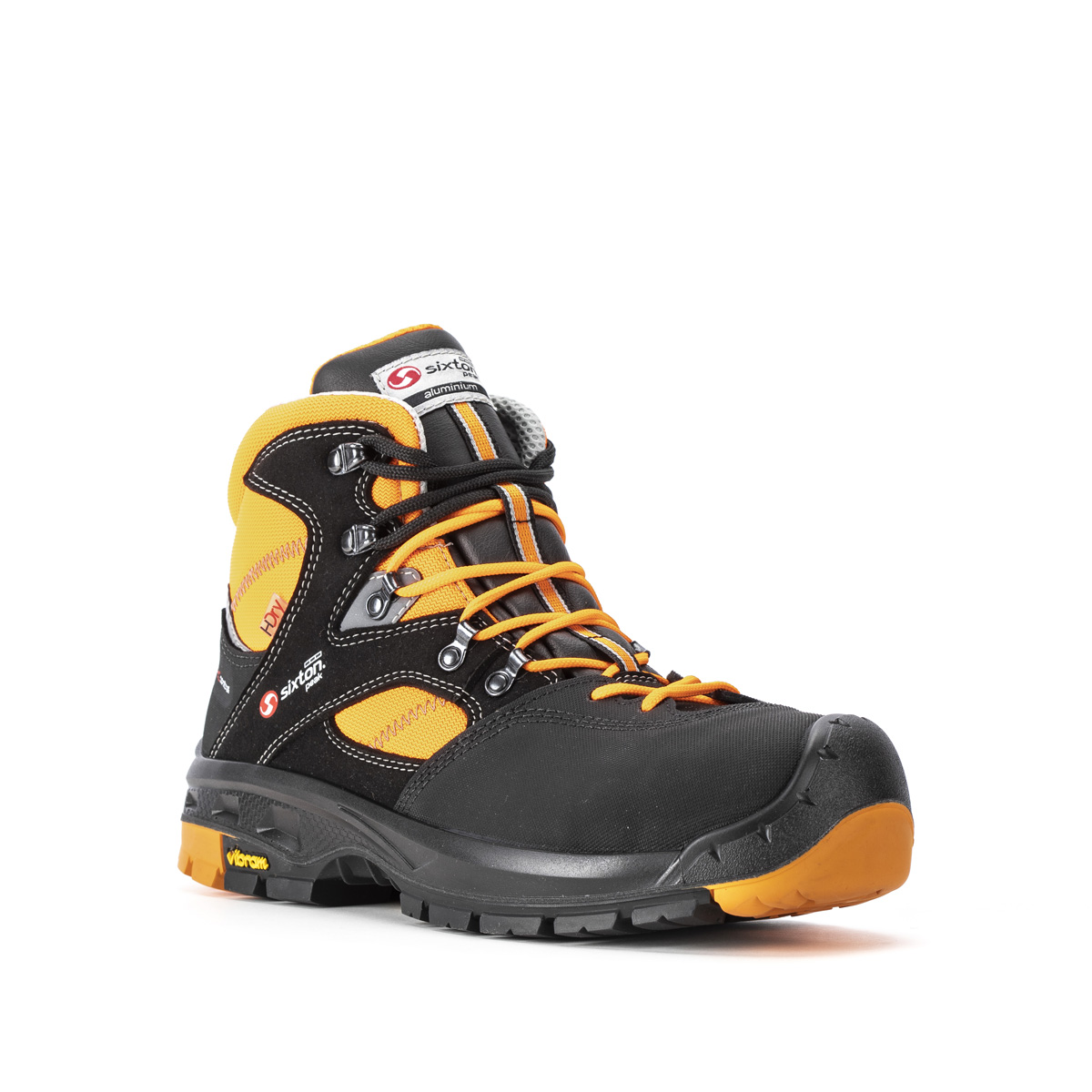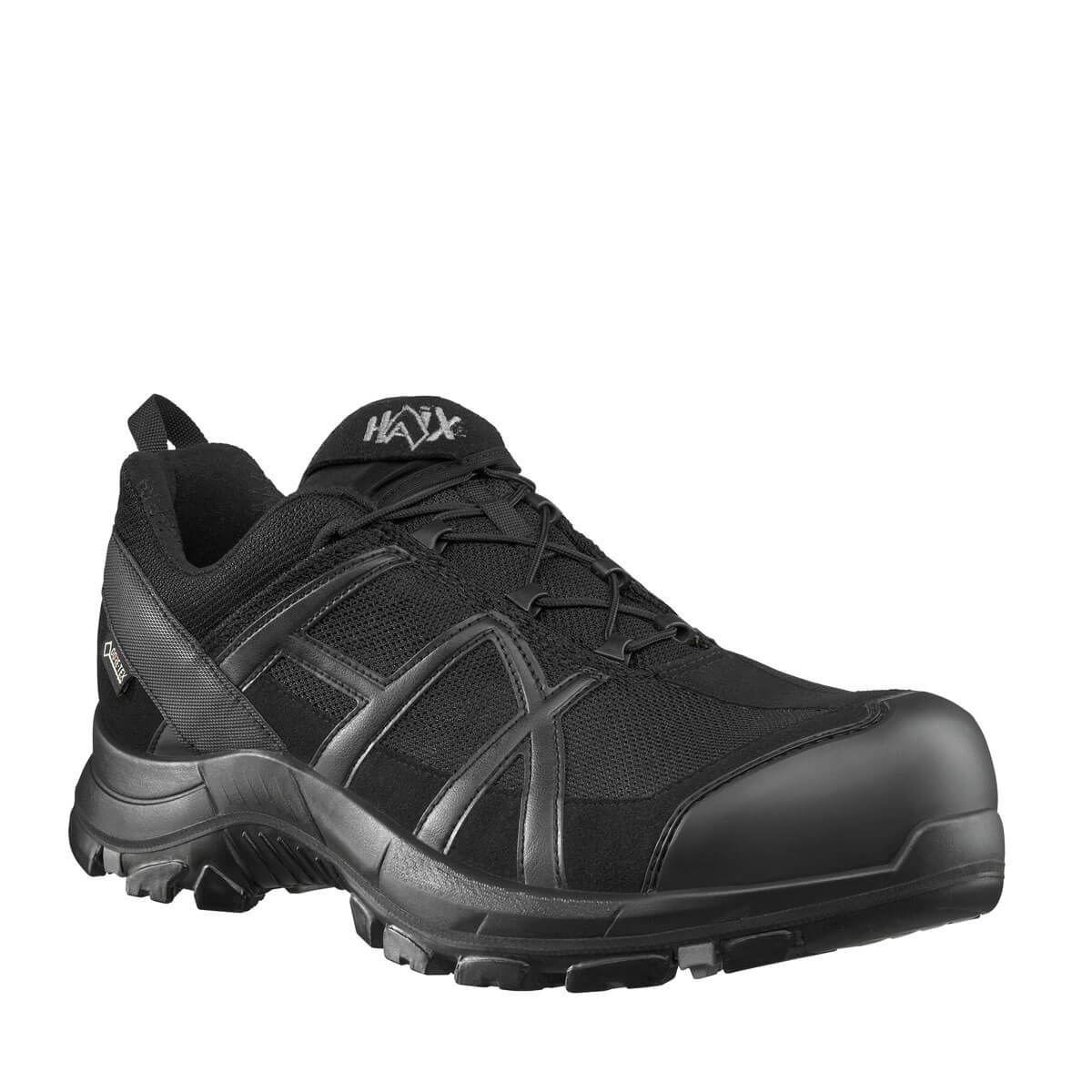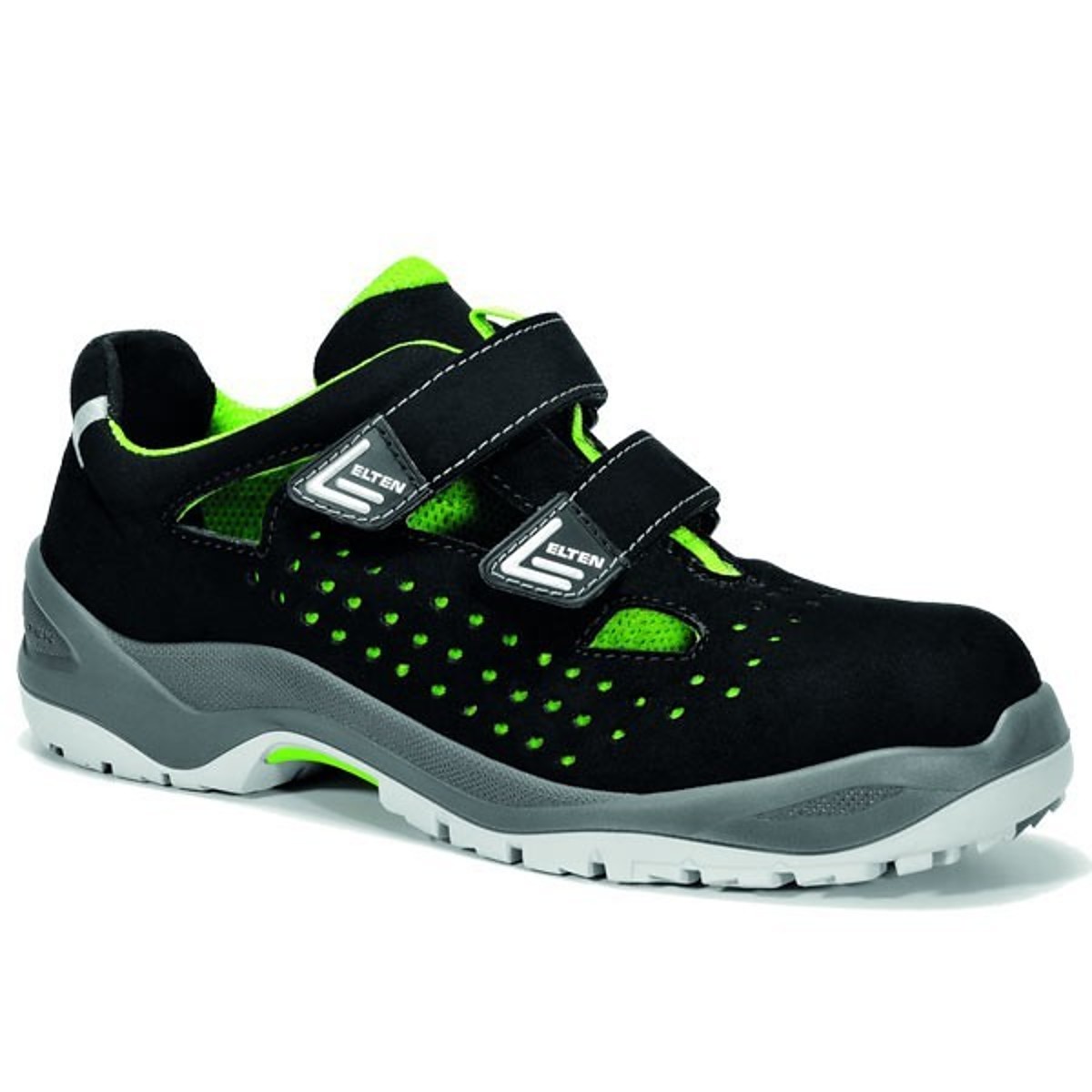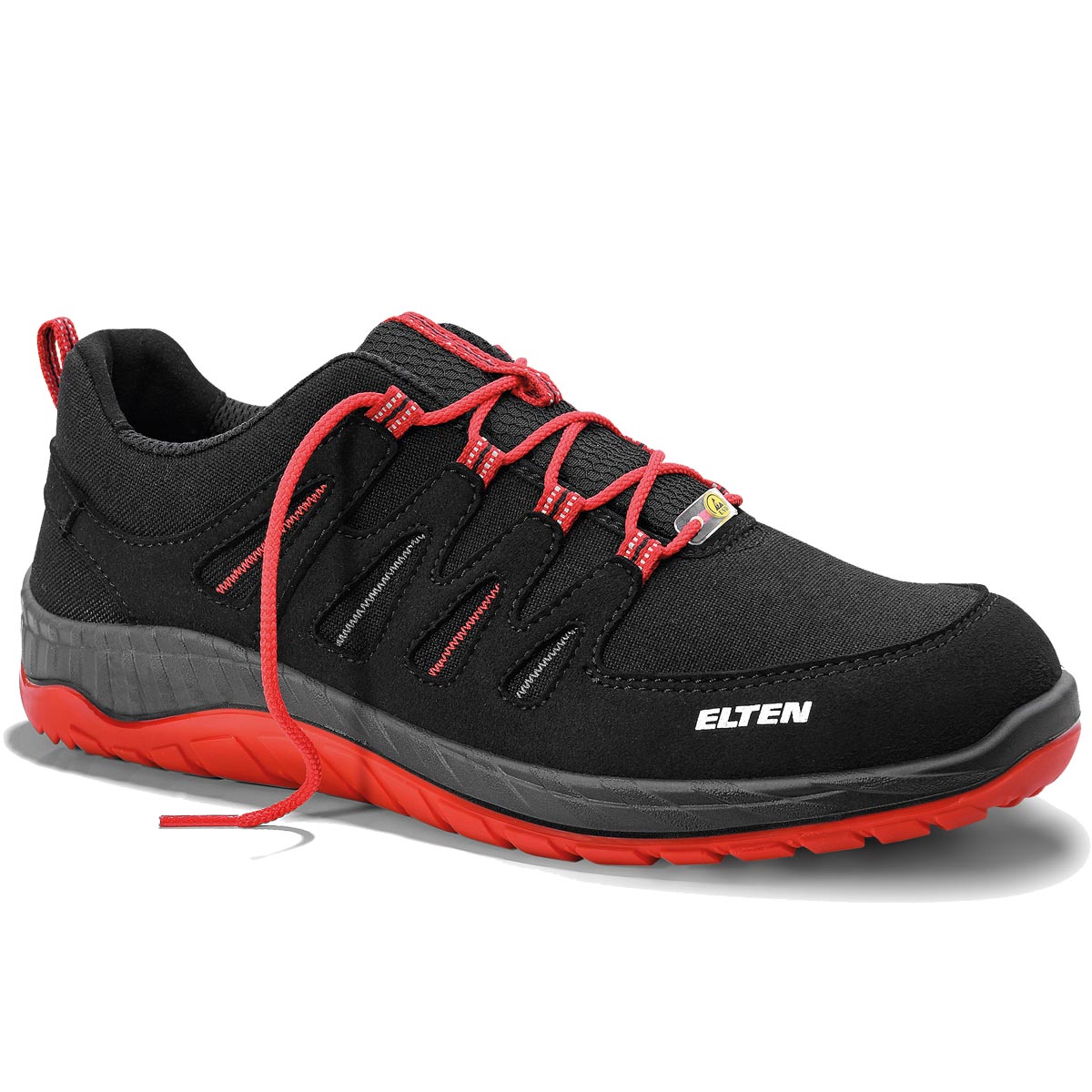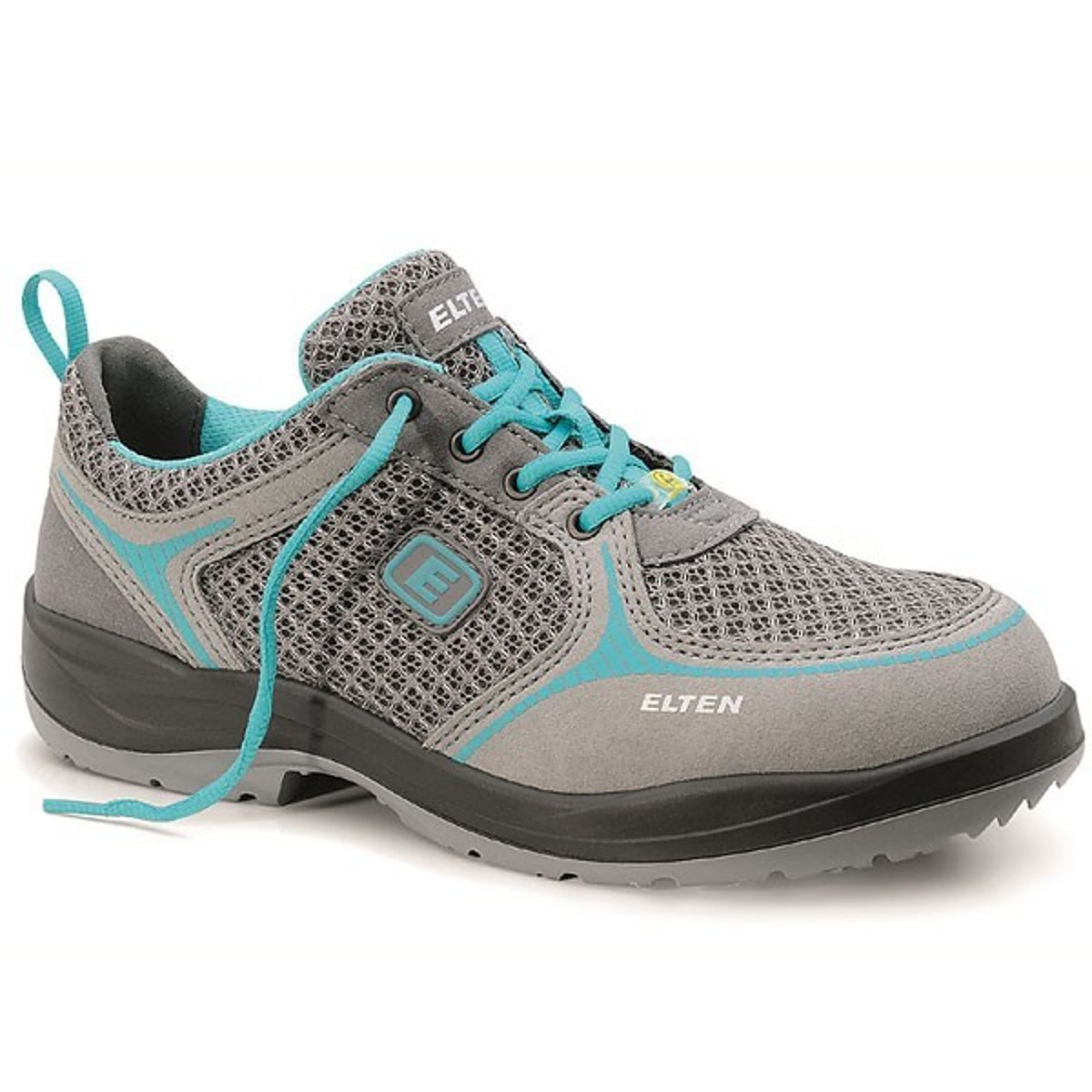
More information about orthopedic safety shoes
Orthopedic foot protection according to BGR191
BGR 191 is a regulation for orthopedic work shoes. This is intended to prevent occupational accidents and injuries to a large extent. The regulation has been active since 2007 and some work shoes are designed and manufactured according to this safety standard. The German manufacturer from Uedem has also developed many work shoes with this safety regulation. The BGR has specialized in foot and knee protection. This means that with your safety shoe, the feet are particularly protected from damage and injury. In addition, there are BGR 191 certifications that allow orthopedic fittings. This means that insoles can be made specifically for your foot and the work shoes can be easily raised at certain points. A good example of a BGR 191 certified safety shoe is the Breezer 72109 from Elten. The gray/yellow shoe is not only visually a real eye-catcher. In addition to the possibility of attaching orthopedic devices and insoles, it also offers you a perforated shaft edge and ESD-capable equipment. In addition, the nubuck leather shoes impress with their extremely light weight. There are also some safety boots and work shoes from the L10 collection of the popular manufacturer Elten with the orthopedic foot protection according to BGR 191. The black/neon yellow Breezer Mid S1P is also made of robust and breathable nubuck leather. The shaft edge and the tongue are padded and, as the name already suggests, it is equipped with the functional and particularly light L10 outsole. Orthopedic elevations can be easily attached here as well.
Safety shoes with perfect running concept
To prevent possible malpositions, orthopedic help is not always required. Foot protection in safety shoes begins with a good sole and appropriate semi-orthopedic insoles. The new Dimension Pro series from the German manufacturer was developed together with the Technical University of Tübingen and already starts at several points in the adjustment. Thus, the collection already has a very good cushioning midsole made of soft PU, which offers perfect comfort on hard indoor floors. The outsole of the shoe, with its honeycomb structure and ergonomic pivots, is perfectly suited for this surface. Between them is a stabilizing torsion element, which perfectly supports the twisting between the heel and forefoot. This system noticeably relieves the joints and gives an excellent wearing sensation. The wearer gets out of his safety shoes in the evening much more relaxed and is well prepared for the next day. The semi-orthopedic insoles, which provide additional support for the metatarsal area, also make a significant contribution. These can also be modified accordingly by the BGR 191 standard. There is a corresponding insole for every foot type in the range, i.e. for normal foot, flat foot or hollow foot.
Superior comfort for safety footwear
The BIOMEX DYNAMICS series follows a different concept. This concept was developed by the manufacturer together with experts in sports medicine and perfectly implemented in a likewise new series. Here, too, orthopedic foot protection is again in the foreground, in which the feet are to be supported superficially without the preparation or help of an orthopedist. The highlight here is the outsole, which has been trimmed to flexibility and rolling comfort by every trick in the book. The foot protection is created here via the unusually flexible BIOMEX DYNAMICS outsole, for which nature has been the godfather. Barefoot one twists S-shaped between back and front foot, so that the gait gets dynamic and security. This allows you to flexibly adapt to different and uneven surfaces. So that this can also function in safety shoes, the outsole of the shoe has been optimally adapted to this. This is achieved by a torsion element in the sole and an ergonomic tread pattern. Decoupled guide elements lie parallel to the rolling line, which perfectly support the rolling dynamics and the torsion. The positive effect is the regular demand on the foot muscles and the associated guidance and stabilization of the joints at the foot, knee and hip. This reduces the risk of injury and can counteract degenerative diseases such as knee and hip atrosis.

